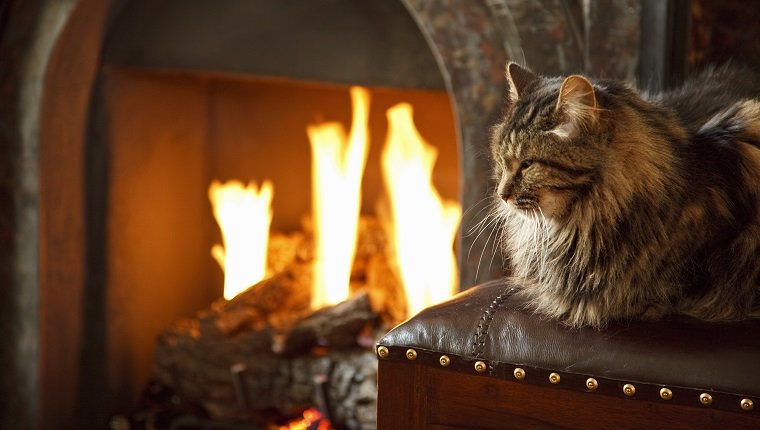National Pet Fire Safety Day is on July 15th, and it’s a great time to go over some pet fire safety tips that can prevent fires in the home and keep your cat safe should a fire break out.
The National Fire Protection Association (NFPA) says pets are responsible for over 1,000 house fires every year in the United States, and an…









